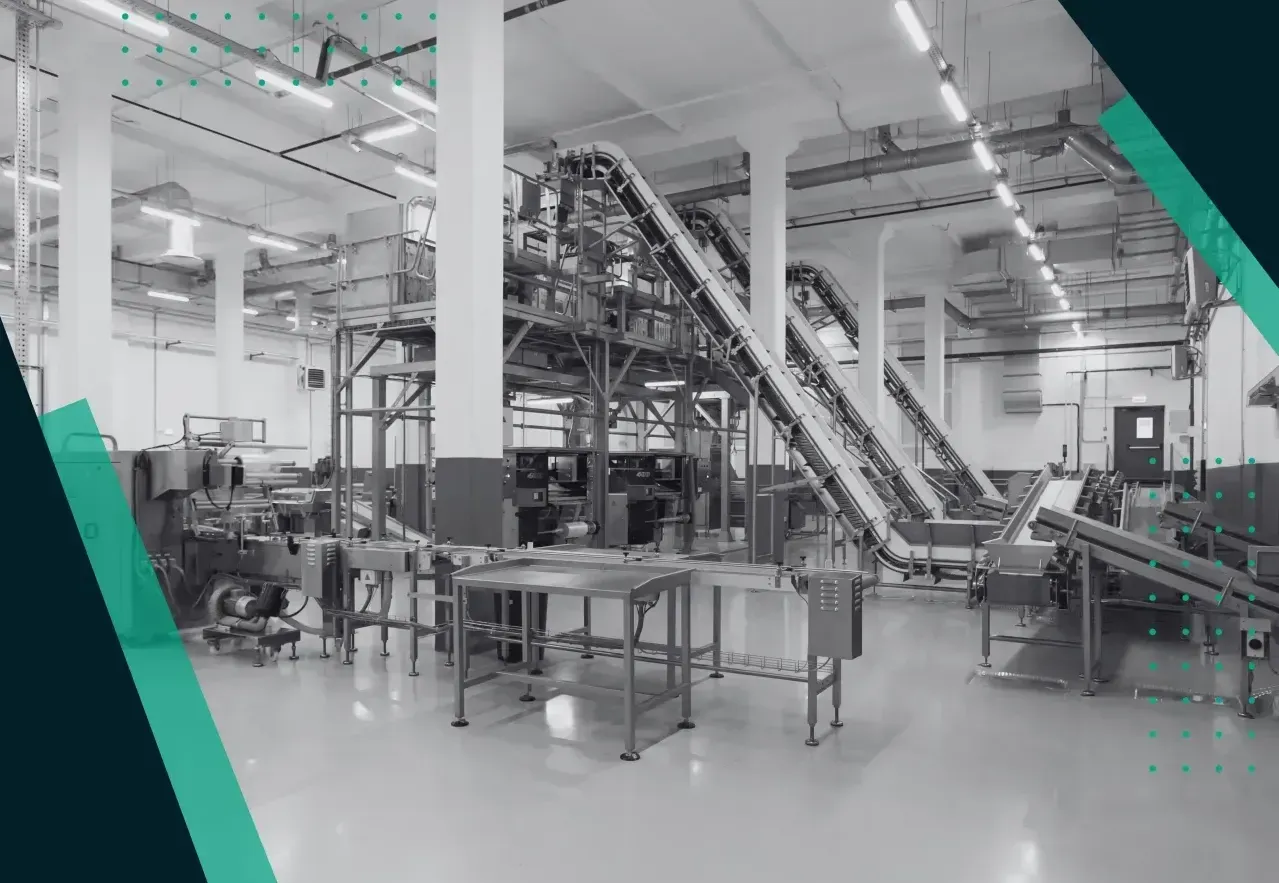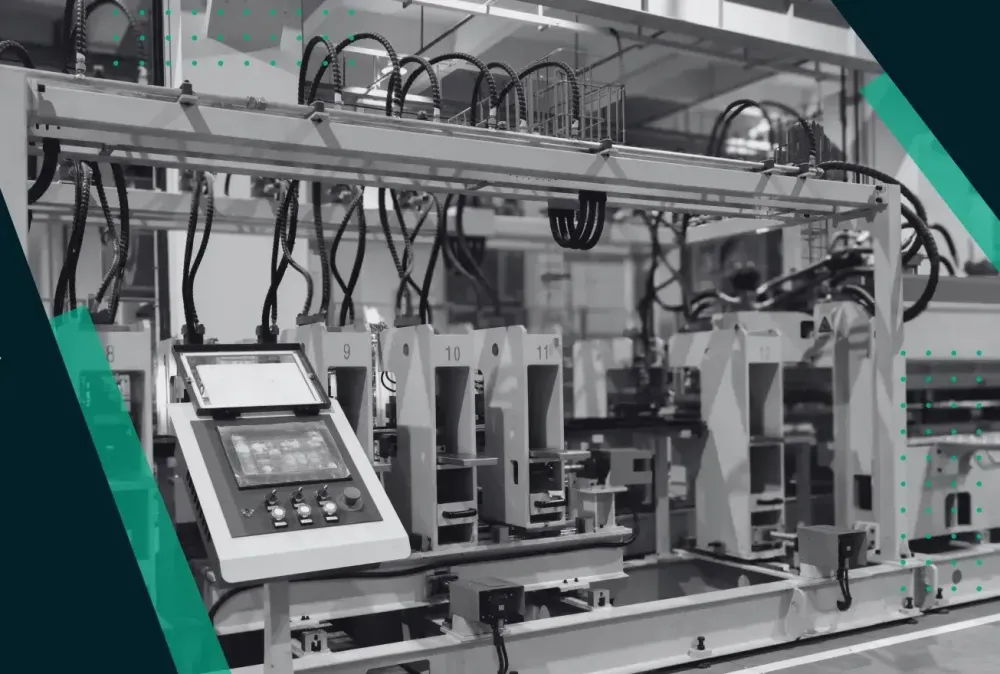Key Benefits of Digital Transformation for Manufacturing Profits
Increased Operational Efficiency
Digital transformation significantly enhances manufacturing profits by increasing operational efficiency. Technologies such as predictive maintenance, powered by AI, foresee equipment failures and schedule timely repairs, drastically reducing costly downtime. Real-time monitoring systems keep production consistently at peak performance, quickly correcting deviations that might slow down the workflow. These efficiencies translate directly into lower operational costs and higher output, substantially boosting the bottom line.
Cost Reduction from Waste Minimisation
Digital tools directly enhance profits by cutting operational costs and reducing waste. Energy-efficient machinery and energy optimisation powered by insights from analytics software, help manufacturers to reduce their electricity consumption and utility bills. Using AI to maximise product design and materials usage can also help to decrease costs from waste, which can then lead to a reduction in waste management expenses. By streamlining these aspects, manufacturers not only save money but also enhance their profit margins significantly, providing more capital to reinvest in business growth.
Enhanced Product Quality and Customisation
By leveraging digital technologies, manufacturers can dramatically improve product quality and offer extensive customisation, directly impacting profits. High precision tools like CNC machines and robotic arms produce superior products with fewer defects, reducing costs related to rework and returns. Customisation through digital platforms like CAD and CAM meets specific customer demands, allowing manufacturers to command higher prices and improve customer satisfaction. This adaptability to customer needs not only attracts more business but also fosters customer loyalty and repeat sales.
Improved Supply Chain Management
IoT and advanced analytics provide critical visibility into every stage of the supply chain, enabling rapid responses to supply and demand changes and minimising costly delays or stockouts. Better inventory management through data analytics prevents overproduction and understocking, optimising cash flow and reducing wastage. These improvements ensure a more reliable supply chain, less capital tied up in inventory, and a smoother production line, all of which are crucial for maintaining profitability in competitive markets.
Steps for a Successful Digital Transformation in Manufacturing
Assessing Current Processes and Setting Objectives
The first step in digital transformation is to thoroughly assess existing manufacturing processes and define clear objectives for integration of digital technologies. This assessment helps pinpoint inefficiencies and areas for improvement, setting a foundation for a successful transformation strategy.
Investing in the Right Technologies
Selecting the right technologies is critical for effective digital transformation. Manufacturers must choose solutions that align with their specific needs and goals, ensuring that each technological investment drives value and enhances competitive advantage.
Training and Upskilling the Workforce
As digital tools are integrated, it’s vital that the workforce is trained and upskilled to handle new technologies. Continuous education and development programs are essential to empower employees and ensure they are proficient in the latest manufacturing technologies.
Developing a Phased Implementation Plan
Implementing digital transformation should be a phased process, with each step carefully planned and managed. This approach minimises disruption to existing operations and allows for adjustments as feedback and results are evaluated throughout the implementation.
Digital Transformation Challenges and How to Overcome Them
Implementing new technologies into your manufacturing organisation is not a small task. It requires careful planning and execution, but even with the best intentions, issues can arise. These are the most common challenges we've seen and how you can avoid them.
Cultural Resistance
One of the most common challenges in digital transformation is cultural resistance from within the organisation. Employees may be resistant to change due to uncertainty or fear of technology "taking their jobs". Overcoming this barrier involves proactive change management strategies, including clear communication about the benefits of digital transformation and involving staff in the transition process. Training and education programs can also help ease the transition, showing employees how new technologies can make their jobs easier and more secure.
High Initial Costs
The initial investment required for digital technologies can be substantial, posing a significant hurdle. To manage this challenge, manufacturers should adopt a strategic approach to investment, starting with pilot projects that require minimal upfront costs and show quick returns. This can help in securing further investment based on demonstrated ROI.
Technical Integration Issues
Integrating new digital technologies with existing IT systems such as ERP and MES can be complex and disruptive. To address these technical challenges, manufacturers should engage with experienced IT consultants who can provide guidance on seamless integration strategies. Adopting a phased approach to technology integration can also help manage complexities by allowing adjustments to be made gradually and reducing the impact on ongoing operations. Ensuring strong IT support throughout the process is crucial to address issues as they arise promptly.
Cybersecurity and Data Protection
As digital tools become more integrated into manufacturing processes, the risk of cyber threats increases. To mitigate this risk, it is essential to implement robust cybersecurity measures and data protection protocols. Investing in up-to-date security software, conducting regular security audits, and training employees on cybersecurity best practices are critical steps. Additionally, manufacturers should develop and enforce strict data access policies to protect sensitive information and maintain customer trust.
The impact of digital transformation in manufacturing cannot be understated. It offers substantial benefits including enhanced operational efficiency, cost reductions, improved product quality, and superior supply chain management, all of which significantly boosts revenue and profit margins.









